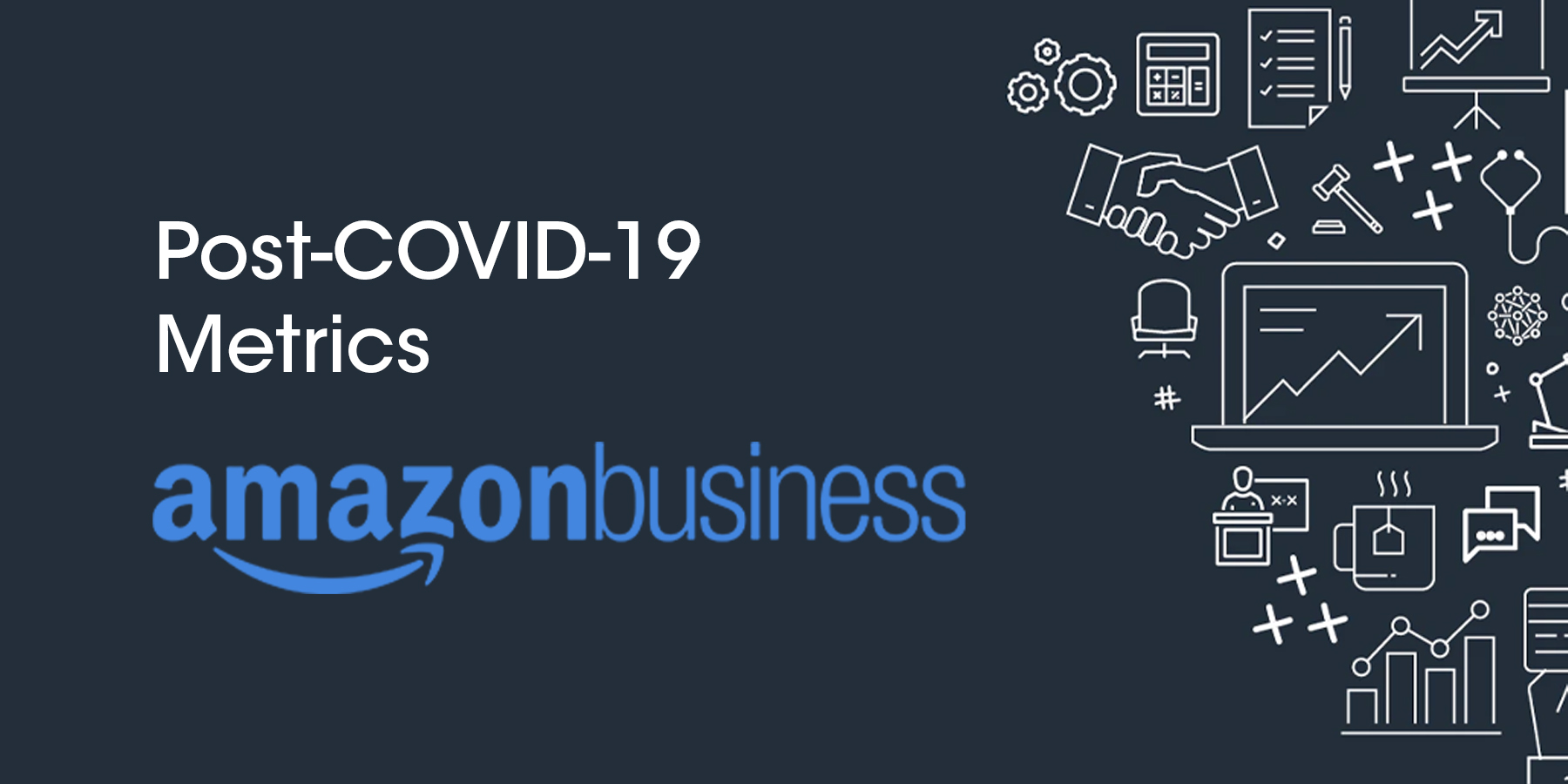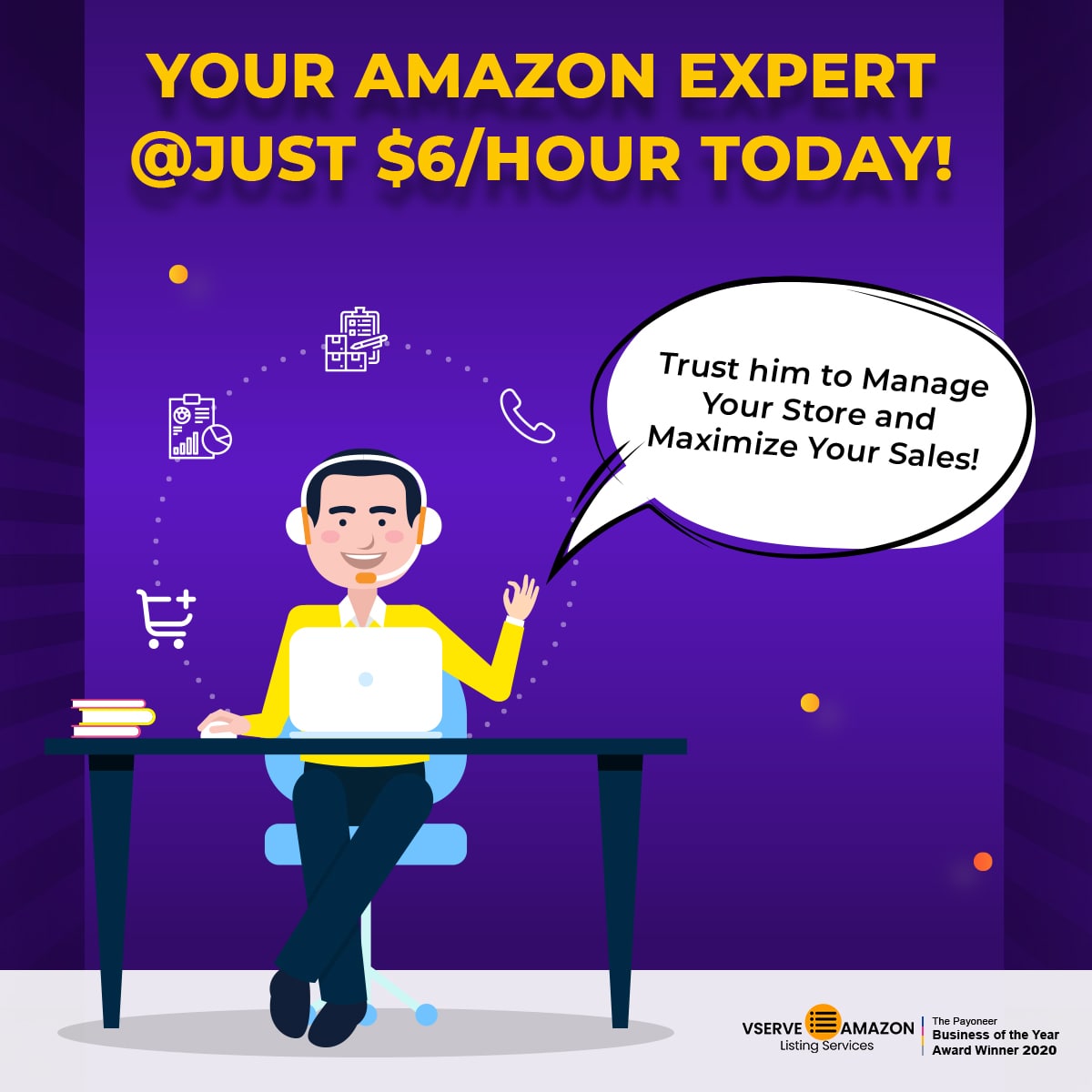Keeping an eye on competitors' pricing on Amazon is in great interest for an eCommerce business. Tracking and maintaining the price history on Amazon helps businesses keep up with the competition. eCommerce sellers need to reprice their products due to increasing competition and improve their chances of winning Amazon buy box so that they don't lose sales.
Tracking your competitor's listings, getting sales estimates, and maintaining Amazon's Best Seller Rank using the Amazon price tracking tool can give you a clear picture of how your competitors are making more sales by making changes in prices.
Amazon sellers can use the competitors' price information and adjust their product listing accordingly to improve the chances of getting an Amazon buy box. Let's understand what Amazon price tracking is and why it is a must-have in every Amazon seller pricing strategy.
What is Amazon price tracking?
Amazon price tracking is a strategy to track, compare, and monitor pricing from your competitors' product listings. It is also known as a price monitoring tool that collects important information such as availability, visual representation, offers, and customer reviews along with Amazon sale prices. The Amazon price monitoring tool will send a notification to the user when the pricing of the competitors' product changes or a new offer is available.
The tool offers live price monitoring to help Amazon sellers optimize their product pricing vigorously. The tool also enables sellers to predict demand changes related to pricing, so Amazon sellers can list their products with correct pricing. Some Amazon price tracking tools offer features for comparing prices of several sellers, while other tools can provide a detailed price history of a specific product listing.
How does the Amazon price tracker work?
The Amazon price tracking tool uses machine learning and data science technology to provide Amazon sellers with accurate price monitoring along with other parameters like market analysis, demand and supply, deals, visual representation, product availability, and more. Some tools can also provide tracking of the product description, reviews, images, keywords, etc. Amazon price tracking tools can also store the collected information into its database so users can check the data in graphs and evaluate as and when needed. The price-tracking tool works the same way as Google scans a website to rank it on the Google search results page.
An Amazon price tracking tool scans Amazon and evaluates product titles, availability, and pricing. Some price monitoring tools even scan product descriptions, images, customer reviews, and other important aspects of product listings. The tool will then store this collected information in its database. Users can check this information stored by the tool on their dashboard or in a specific layout.
How is Amazon Price Tracking beneficial for your Amazon Selling Strategy?
Creating an effective Amazon seller pricing strategy is not easy. It can be even more difficult if you are new in the market and have to compete with the enormous competition. You need to evaluate the product listings of your competitors to decide on the price.
Also, the strategy is helpful in analyzing other factors like demand and supply, minimum margin, the product cost in local and international markets, etc. When you don't have an effective Amazon selling strategy, it can impact your business profitability.
Hence, it is crucial for eCommerce businesses to use the Amazon price history tracker to analyze competitors' pricing and evaluate their competitiveness. Here are some benefits of using Amazon price tracking in your Amazon selling strategy:
- Understand the competition in the market
Using a price tracking tool is an important part of your Amazon seller pricing strategy. Since the growth of any business depends on its profit margins, understanding your competitors' pricing strategy is the key.
When the pricing of your product is low, you may see strong business. However, if the profit margin is lower than competitors', it may be difficult for you to grow and match the competition. The goal of every business is to grab more customers than competitors. While reducing your product prices can be a great way, this may reduce your profit margins too. Amazon sellers can use the Amazon price history tracker tool to evaluate price trends and modify their Amazon pricing strategies to take up their share of the market.
- Watch the competition
A sudden drop in your competitors' Amazon sales prices could mean that the competitors know the trend in the market and are more tuned with the customers' needs. As a small eCommerce business, you may be very effective in the market, but you may not be familiar with sudden changes in demand and other important market research positions.
Adding a price monitoring tool in Amazon pricing strategies will help you track price shifts so you can update the pricing and stay ahead in the Amazon price war to gain maximum from the rising product demand.
- Opportunity to become the lowest cost vendor
If the product is in high demand, it is highly beneficial to become the lowest-cost vendor. Your potential customers might already know what they want to buy but are looking for the product listing with the lowest pricing. And when you offer the product at the lowest rates, you may be able to enjoy the competitive advantage and grab more sales for your product.
Also, when your product is priced lowest, there is a higher chance of winning the Amazon buy box. This will further improve your conversion rate and boost your business sales. Hence, by monitoring the prices of your competitors' products, you can easily decide your pricing strategy. By using Amazon's dynamic pricing strategy, you can get the majority of the orders.
- Increase pricing when there is little to no competition
If you are selling a product that has little to no competition, you can increase your profit margins and be more profitable. This Amazon seller pricing strategy can be used on products for which you are a preferred or the only supplier. A competitor analysis can help you find products where you are the only seller. If you find a product that only you are selling on Amazon, you can increase the prices.
However, if you use this strategy and increase the prices too high, you may encourage new sellers to enter the market, ending your monopoly in the market. Also, you may end up losing all sales to new competitors who will be willing to sell products at lower prices.
- Track price history
Amazon price history tracker can be a valuable feature for Amazon sellers. This feature will help you understand where and how your competitors have changed product prices and let you compare it with your own price history to gain valuable insights. The tool is also beneficial in analyzing where you have impacted your competitors and how they have impacted you in the past.
You can also evaluate price history to analyze how you can schedule product pricing throughout the calendar. When you make a long-term Amazon selling strategy, it allows you to predict the profits and business growth for the whole year.
Now that you know the benefits of monitoring competitors' pricing let's look at the four Amazon pricing strategies that you can use to decide the price of a product in high competition.
What are the 4 pricing strategies?
When it comes to pricing a product on Amazon, there are four different strategies a seller can use. The seller with the lowest pricing doesn't always get the Amazon buy box; a lot of factors come into play. Here are four Amazon pricing strategies that you can use on Amazon:
- Economy
This strategy uses minimum profit margins along with a low advertisement cost. The strategy is aimed to make the product more affordable so you can target a larger market. Usually, this strategy will include no shipping costs and doesn't rely on sale prices. This type of marketing is effective for daily need products, such as soaps and detergents.
- Premium
This strategy takes a completely opposite approach compared to the economy pricing strategy. The product is priced heavily and uses the name of a brand to generate traffic and sales. However, as the brand names generally don't have an impact on Amazon, sellers who are using this strategy usually opt for discounts and offers to grab customers' attention.
- Skimming
It is an adaptable Amazon pricing approach in which sellers often start with a higher price and then lower the pricing to match the competition. Sellers who have a unique product to sell in the market use this strategy and then lower the price when they anticipate competition.
- Penetration
This Amazon pricing strategy is used when sellers place the product prices lower than their competitors to gain market share. This strategy is normally used by a new brand or when an existing brand launches a new product. The product's price is increased after reaching the objectives to gain higher profit margins.
Conclusion
An Amazon price tracking tool can provide Amazon sellers with crucial marketing intelligence, and sellers can use this intelligence to create their Amazon pricing strategies. By using the price monitoring tools that can automatically provide competitors' price analysis, Amazon sellers can make the best decisions for the growth of their brand. The decision can be to lower the product pricing to match the competition or increase the price to gain more profit when there is little to no competition.
Want to make your Amazon store stand out from the competition? Contact Amazon listing optimization experts from Vserve for all your Amazon listing requirements.







